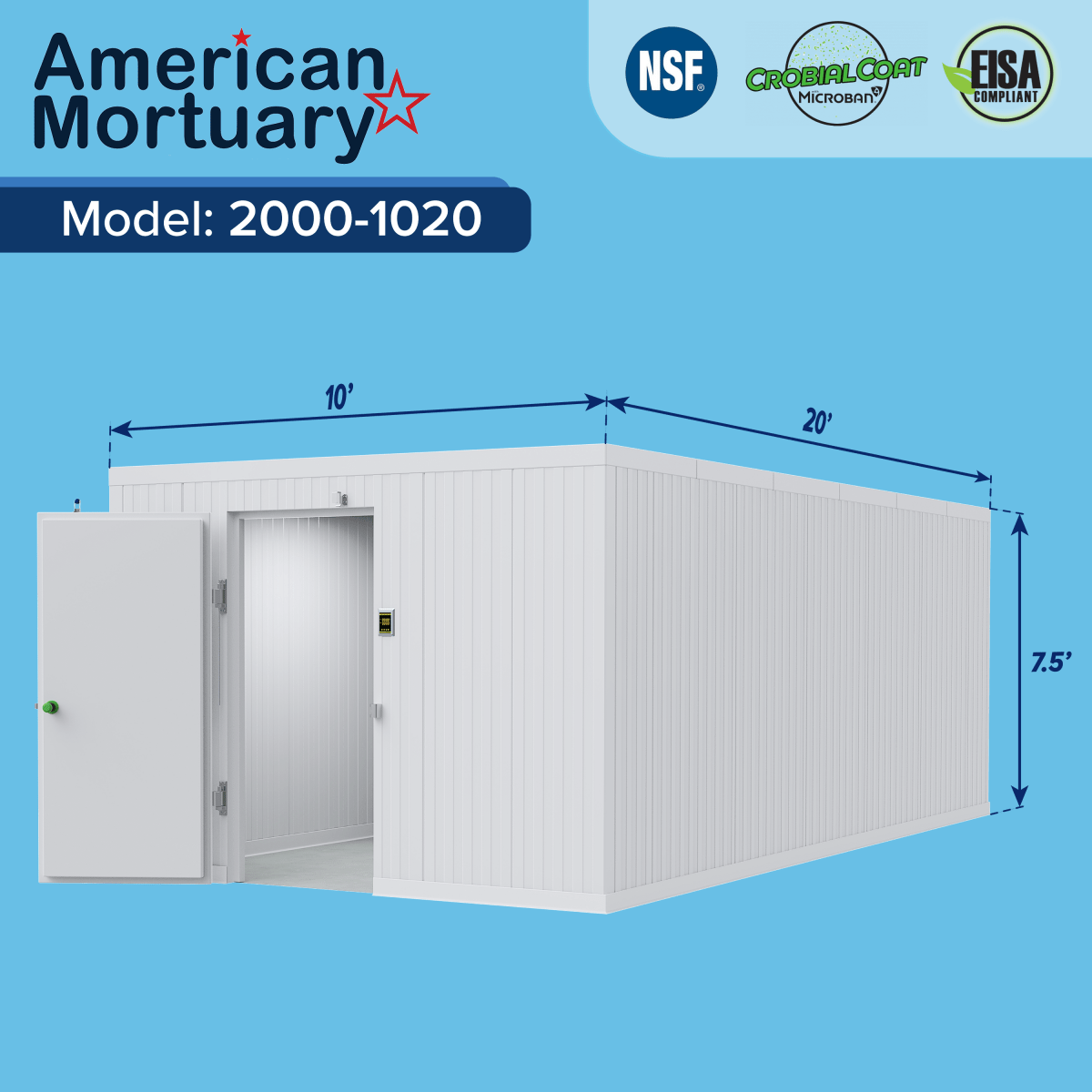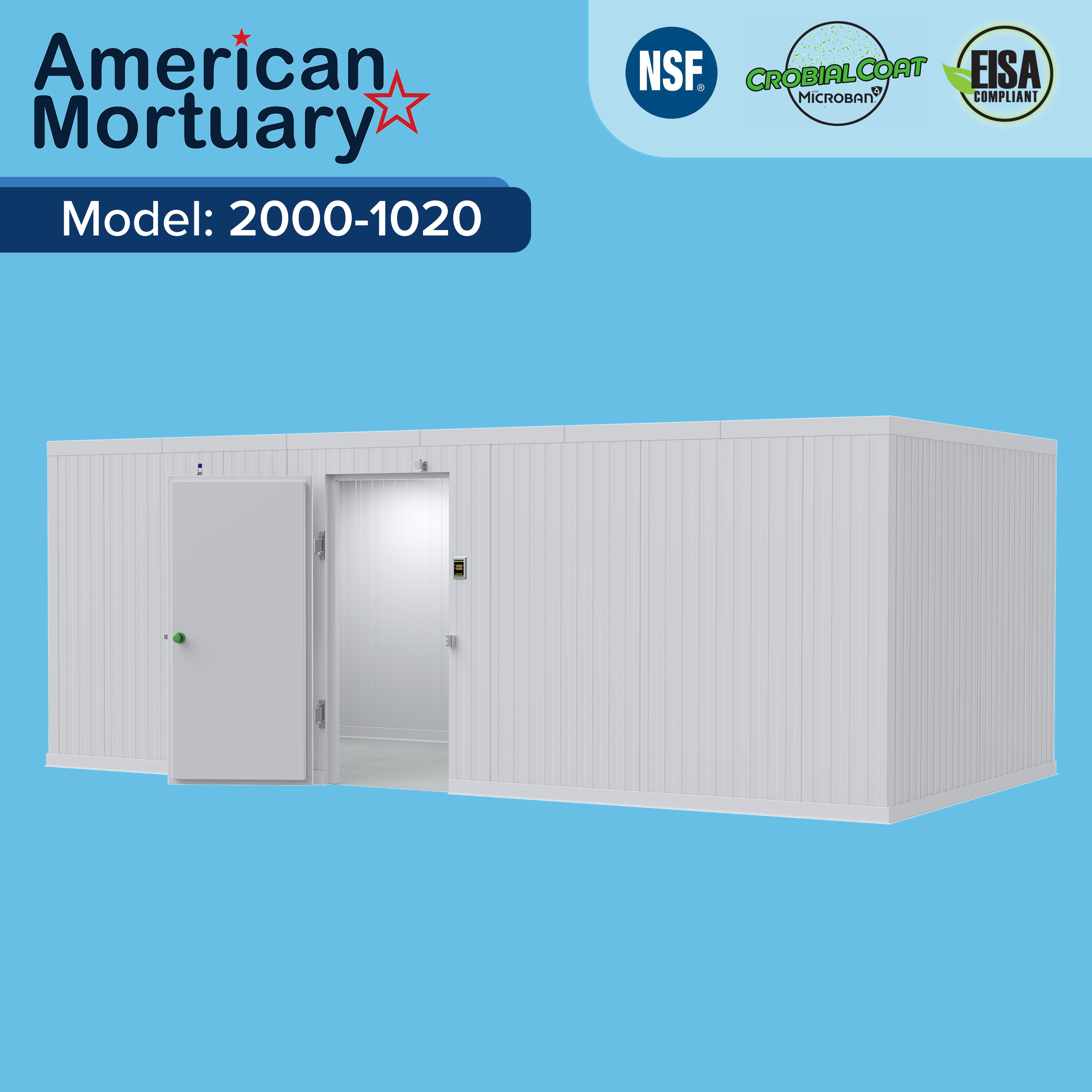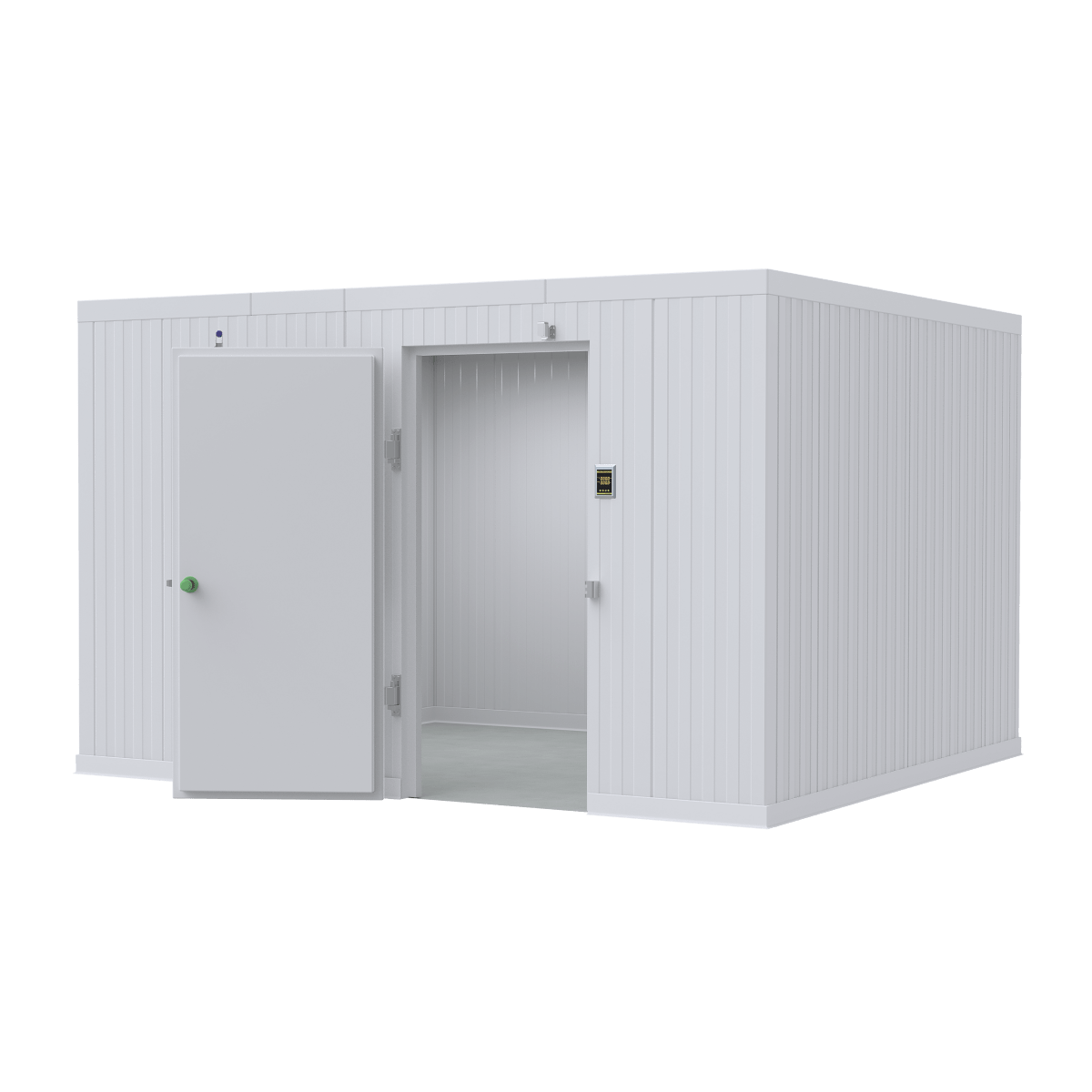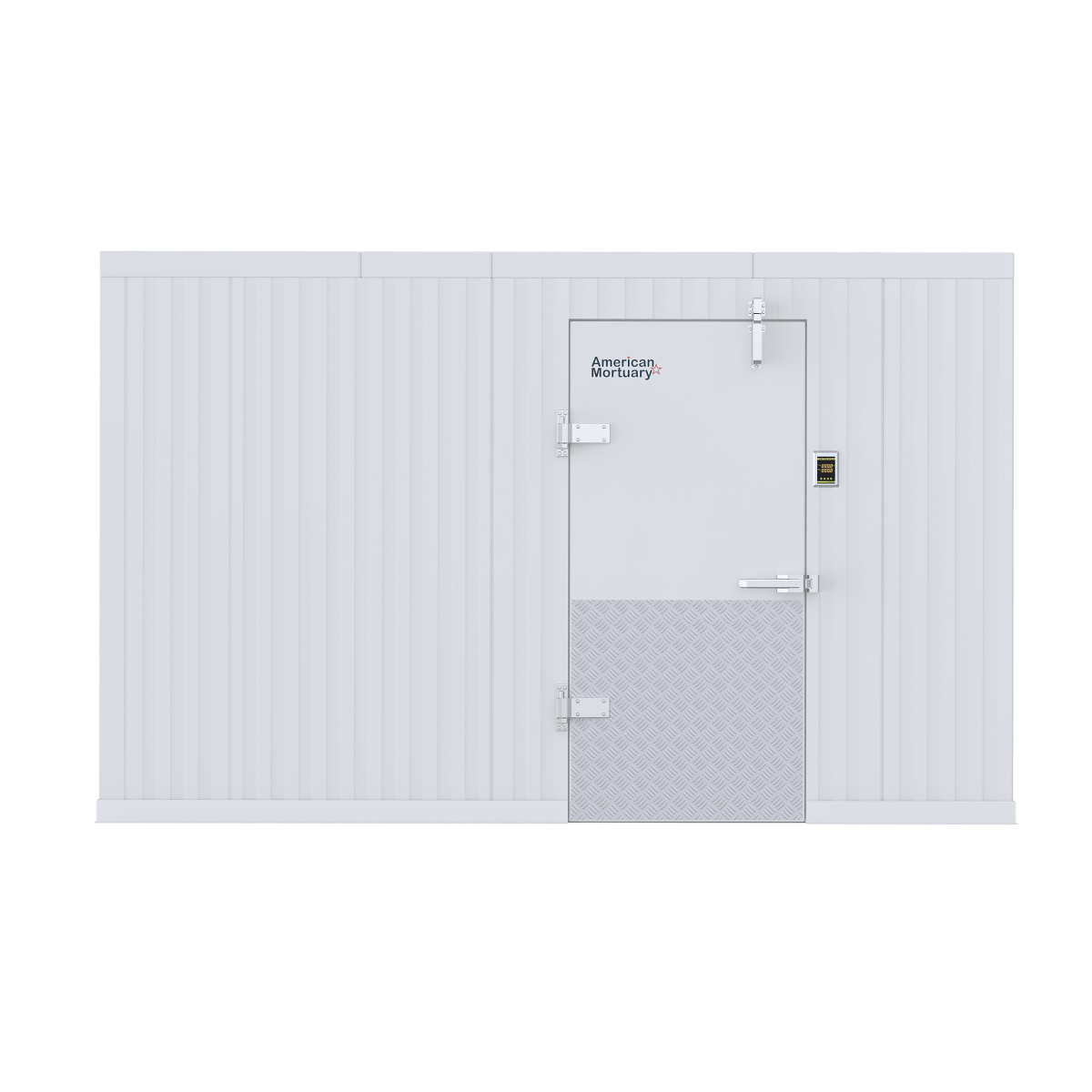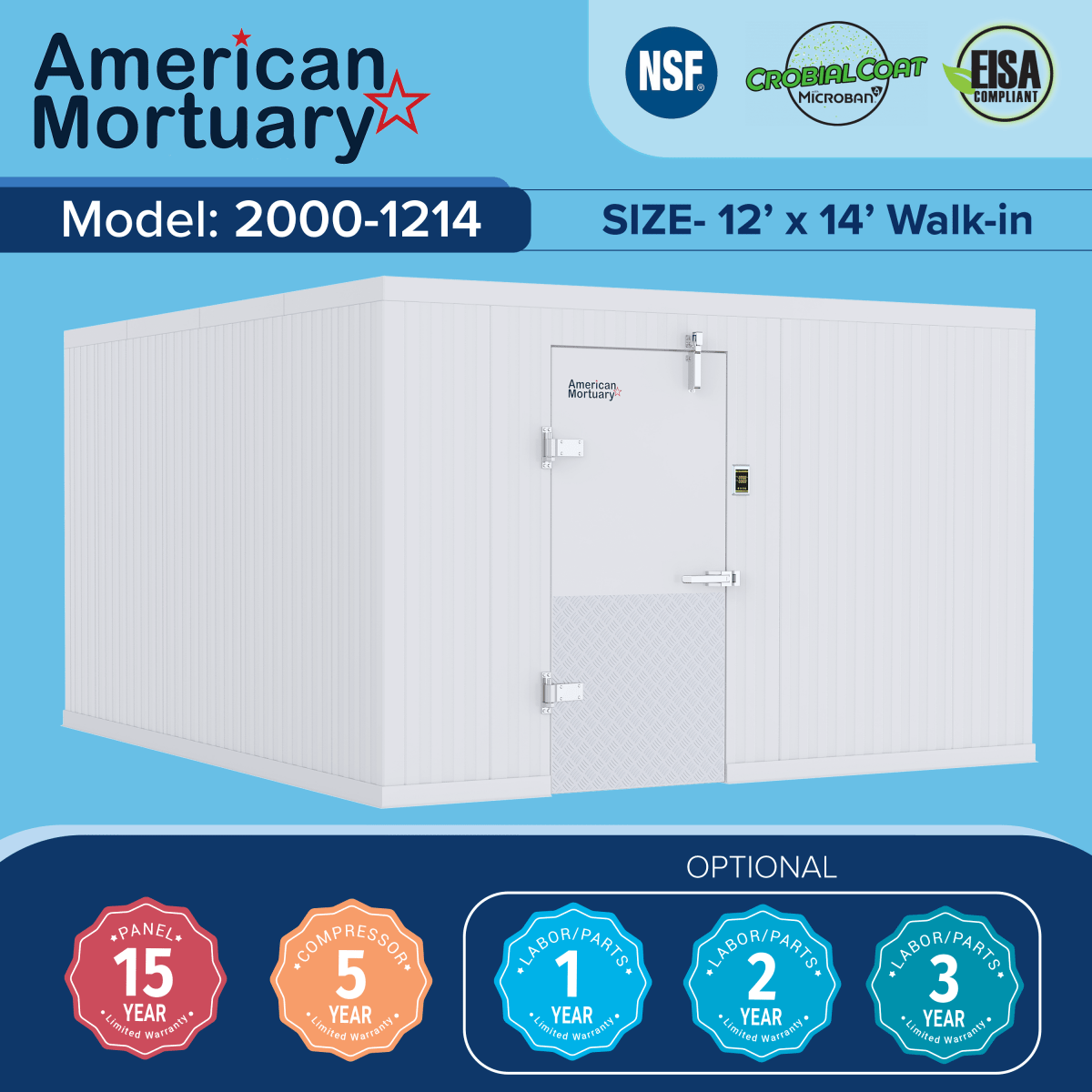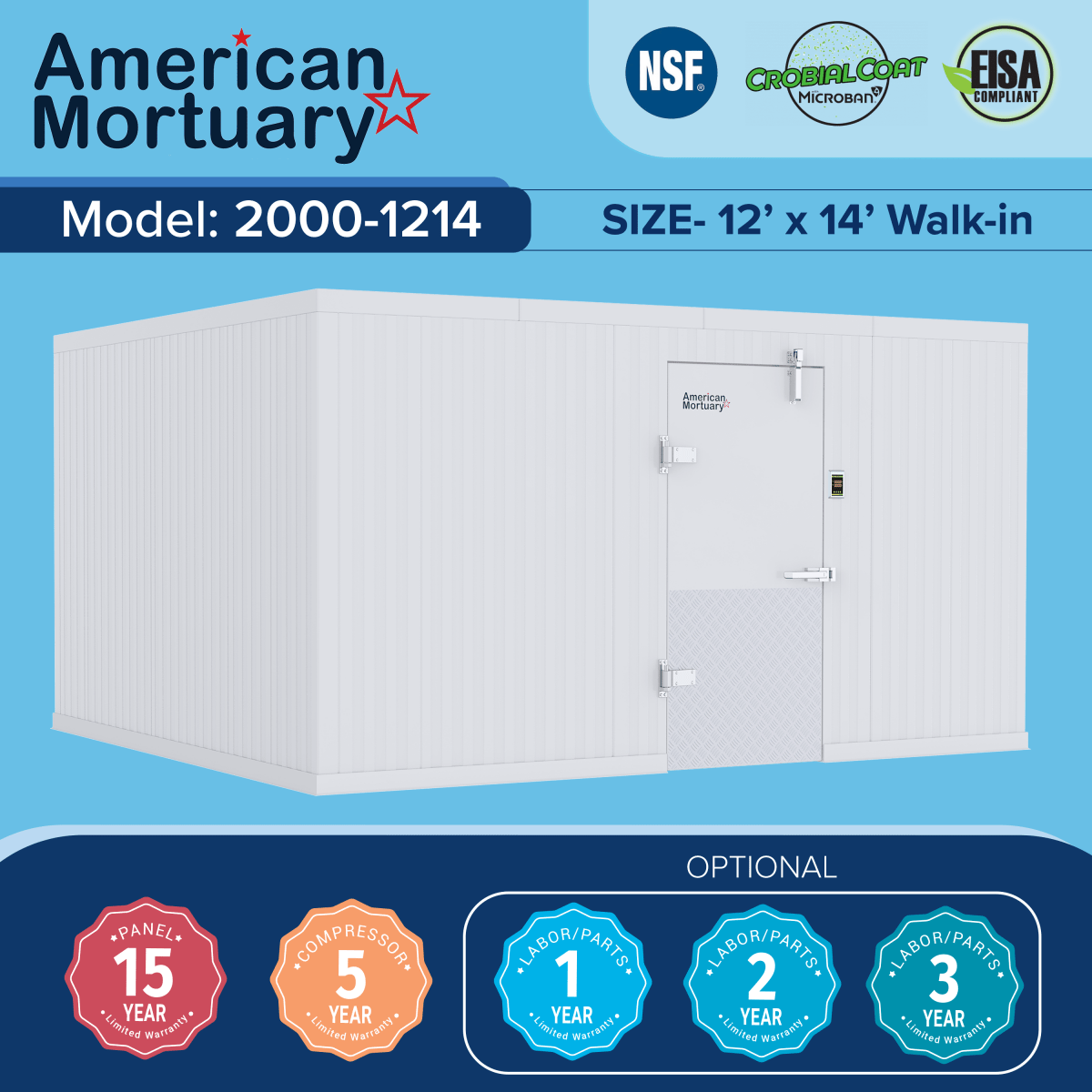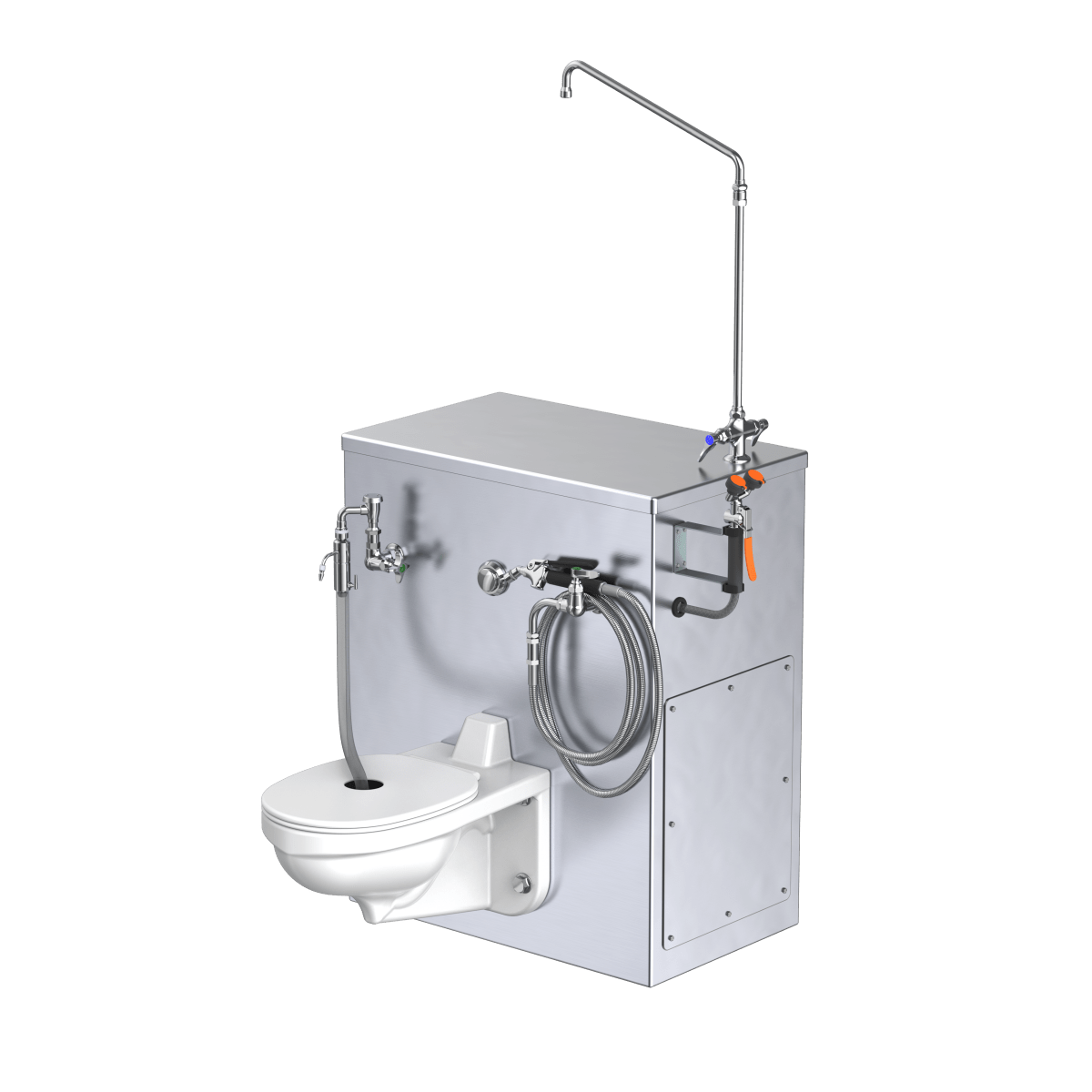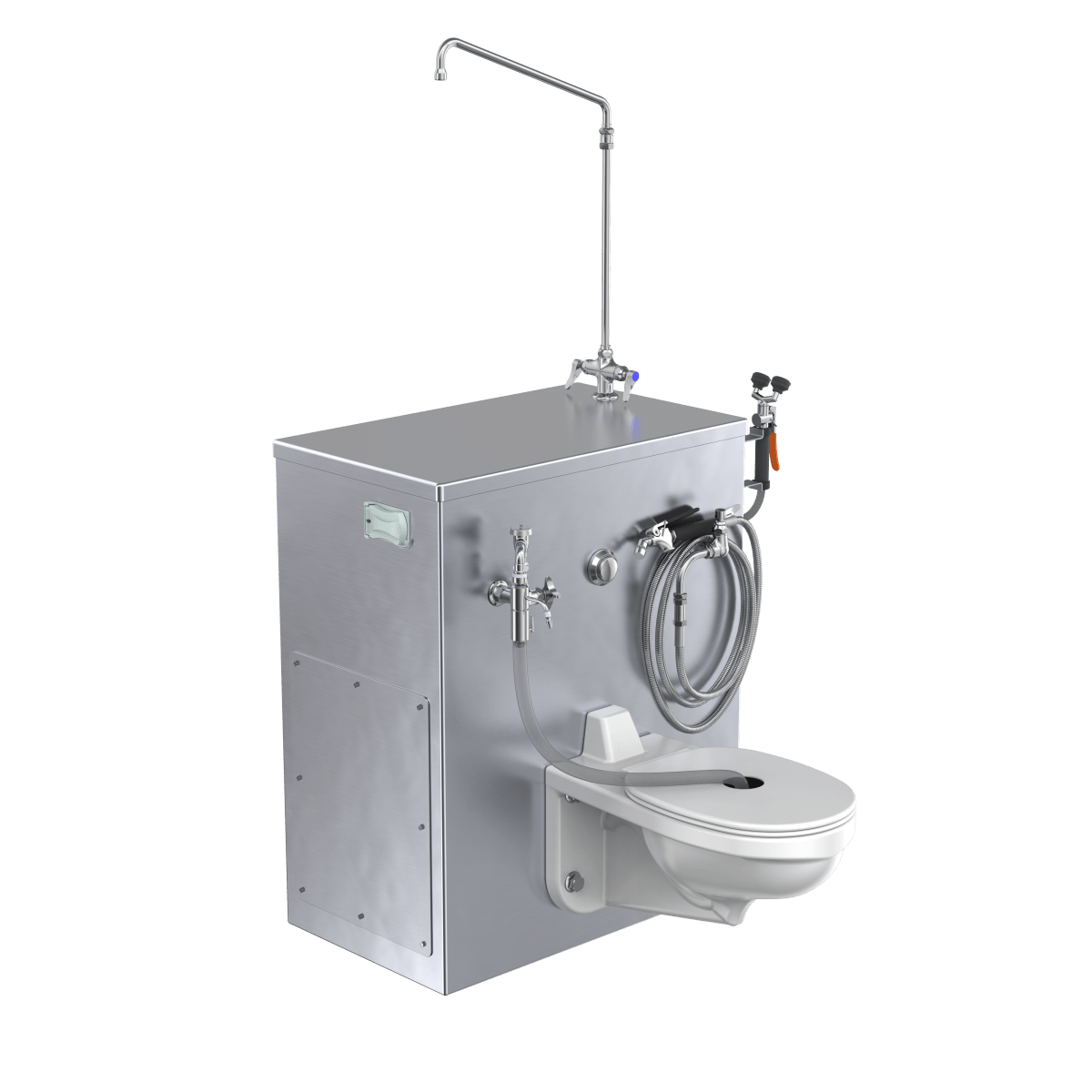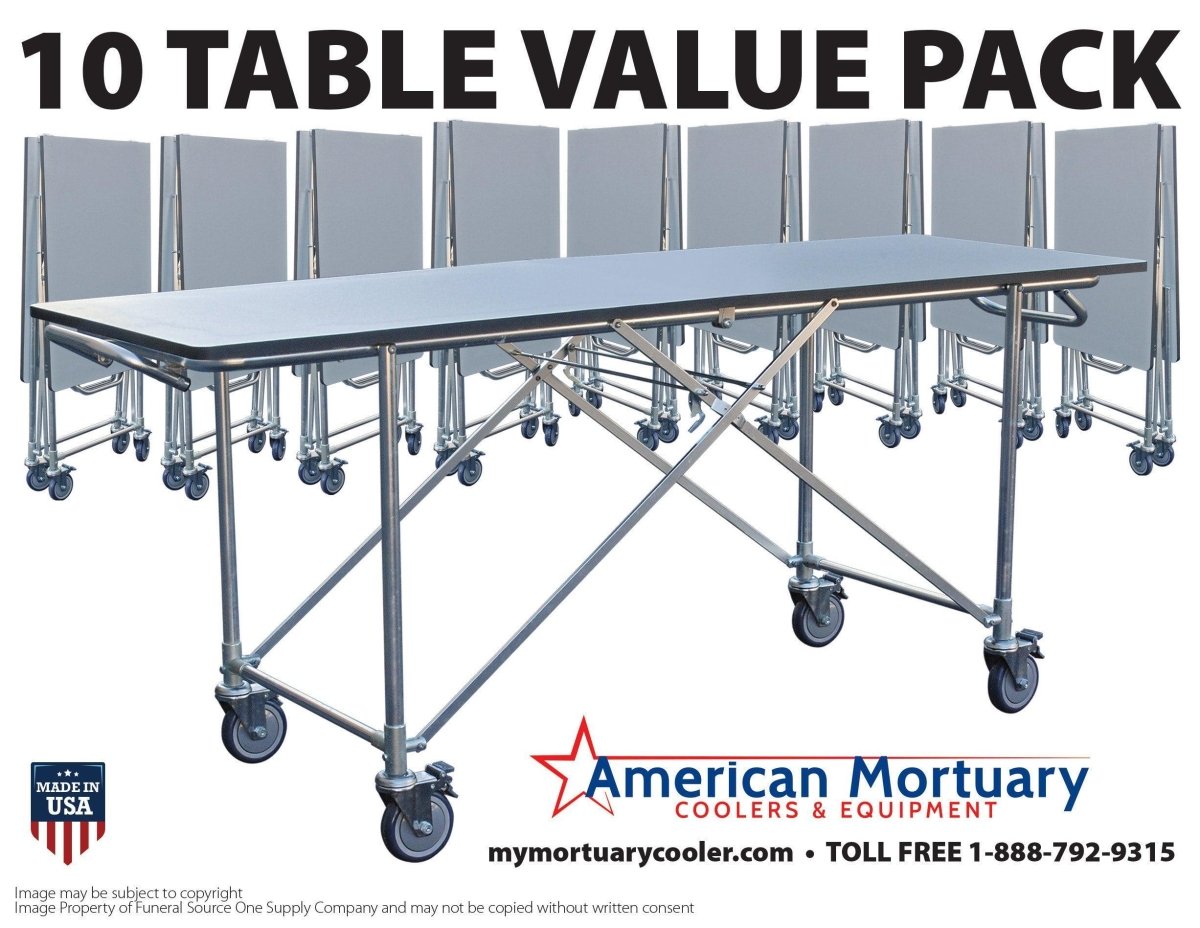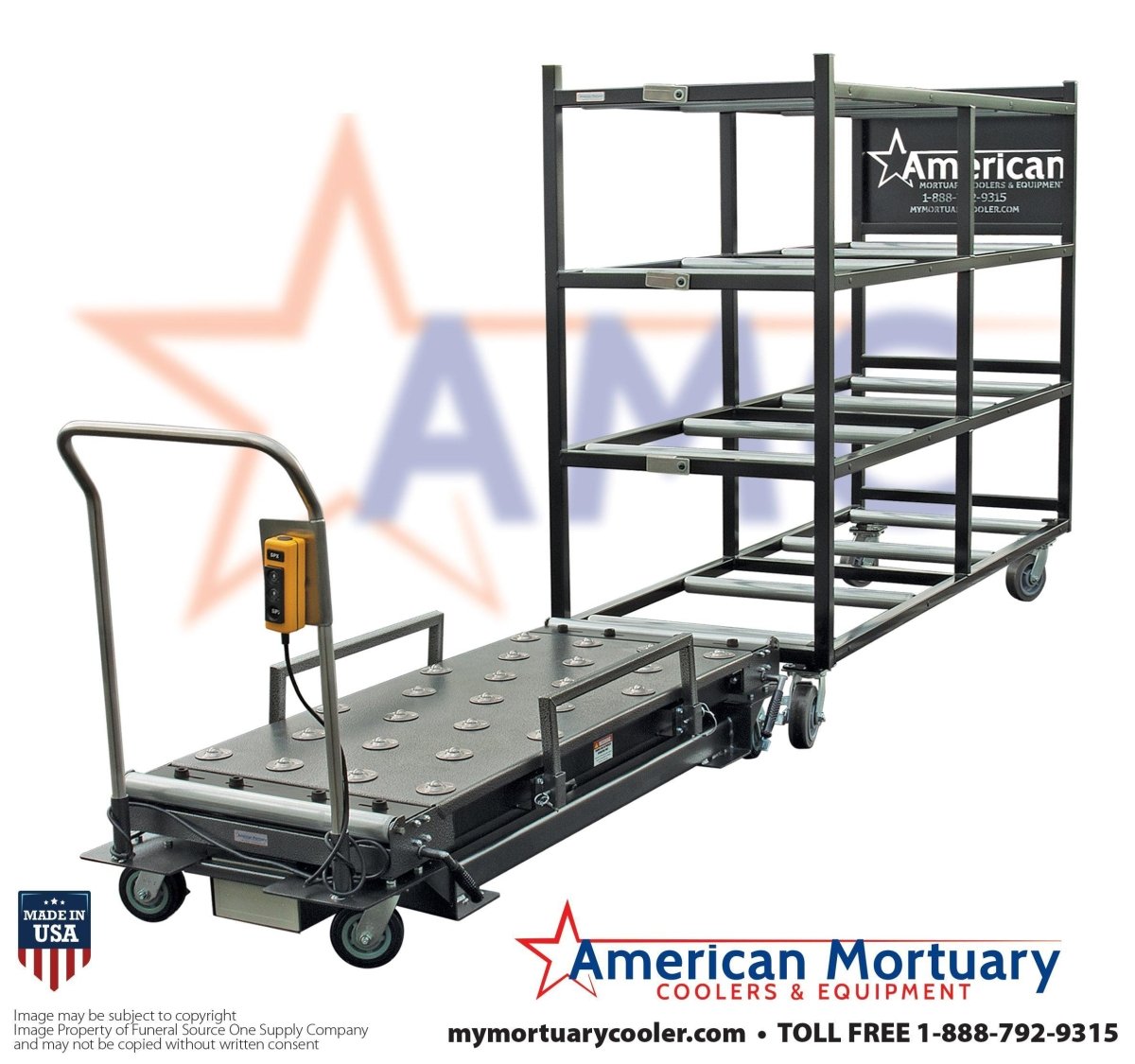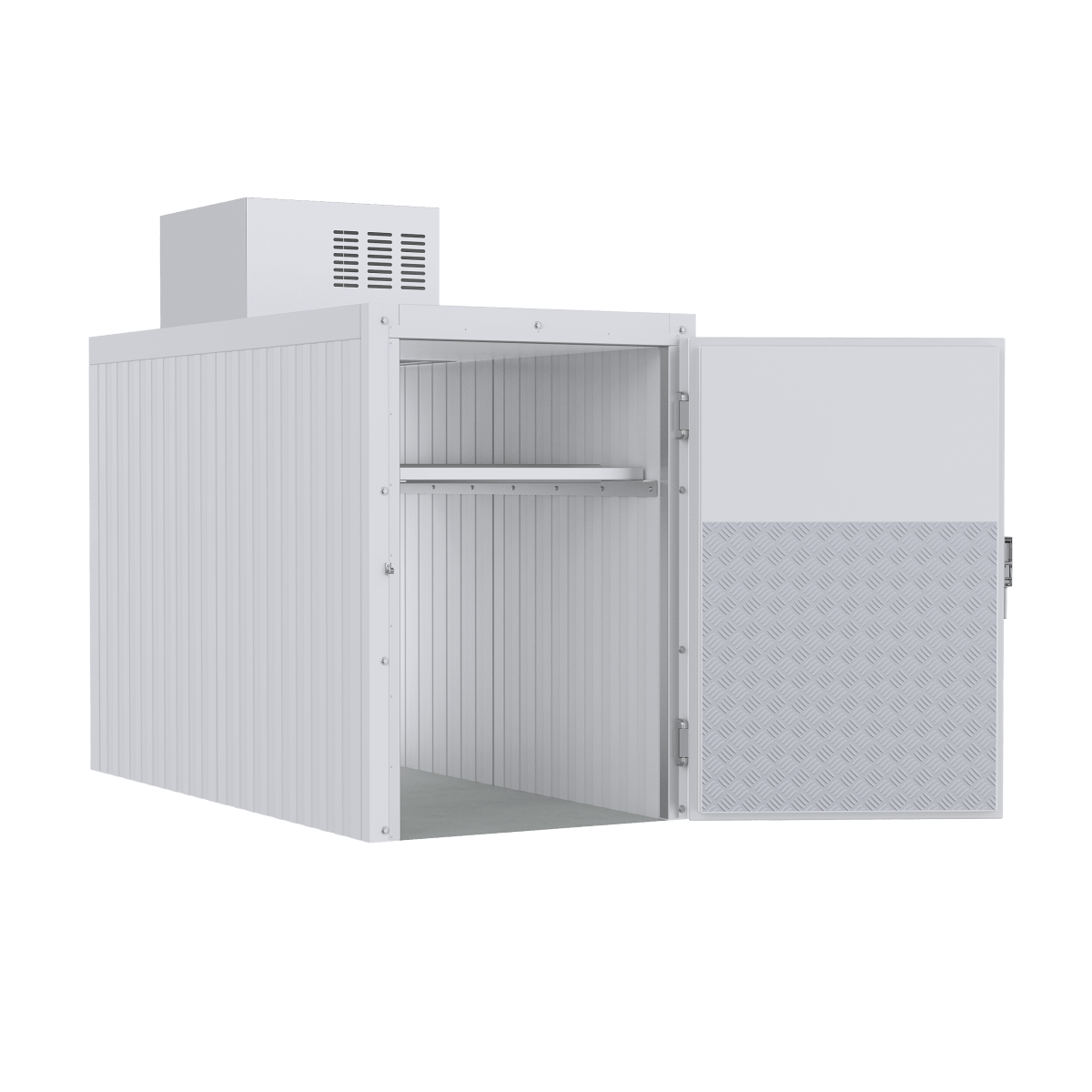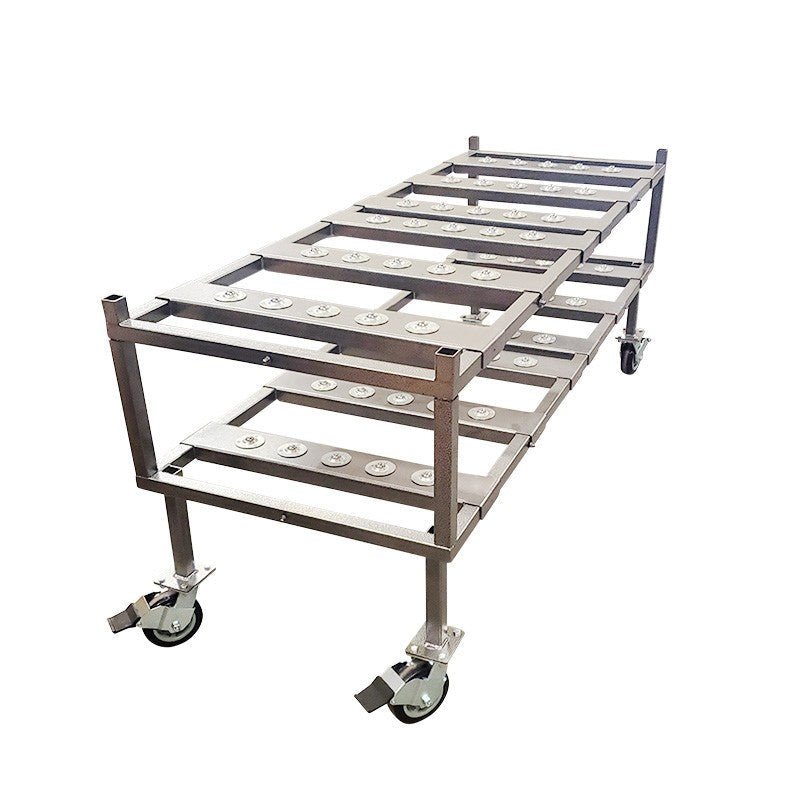Why Getting the Right Cot Bed Sheet Size Matters for Your Baby's Safety
The cot bed sheet size you choose can literally be a matter of life and death for your baby. Here's what you need to know right now:
Standard Cot Bed Sheet Sizes:
- UK Standard: 70cm x 140cm (27.5" x 55")
- US Crib: 71cm x 132cm (28" x 52")
- European Cot: 60cm x 120cm (23.6" x 47.2")
- Sheet Depth: 15-23cm (6-9") for proper mattress fit
Getting the wrong size creates loose fabric that can increase SIDS risk in babies under 12 months. A properly fitted sheet with elastic corners eliminates dangerous bunching and ensures your baby stays safe while sleeping.
The difference between a standard cot (60x120cm) and a cot bed (70x140cm) might seem small, but it's crucial for safety. Cot beds are larger and convert to toddler beds, lasting up to 6 years instead of just 2-3 years like regular cots.
As one parent shared: "Babies spend many hours sleeping in their cots, so it's important to make sure they always feel cocooned and protected."
I'm Mortuary Cooler, and while my expertise centers on mortuary equipment, I understand the critical importance of precise sizing for safety-critical applications - whether it's cot bed sheet size for infant safety or mortuary equipment dimensions. My experience with exact specifications and American-made quality standards gives me unique insight into why getting the measurements right matters so much.
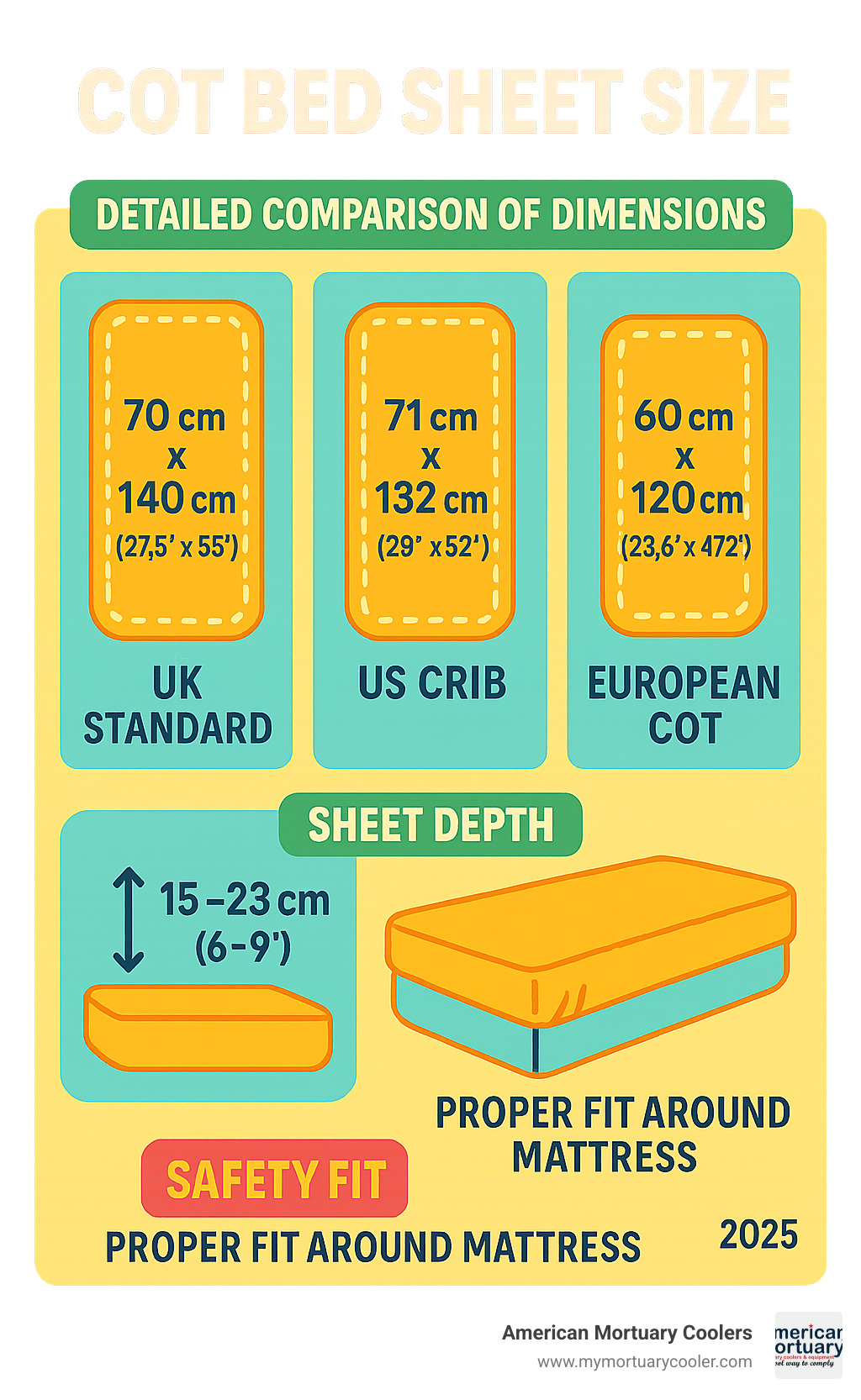
What Is a Cot Bed and Why Size Matters
Picture this: you're setting up your nursery, and you're faced with a bewildering array of sleeping options. Cot bed, standard cot, crib - what's the difference, and why does it matter for your cot bed sheet size?
Here's the simple truth: a cot bed is like the Swiss Army knife of baby furniture. It's essentially a larger, smarter version of a standard cot that grows alongside your little one. While a standard cot measures around 65cm x 125cm and needs a 60cm x 120cm mattress, a cot bed is more generous at 75cm x 145cm, requiring that crucial 70cm x 140cm mattress size.
That extra 10cm in both directions might seem modest, but it's the difference between two years of use and six years of value. Most cot beds convert from a secure infant bed into a toddler bed by removing side rails and adjusting the height.
The real game-changer? Longevity. While your baby outgrows a standard cot by age 2-3, a cot bed keeps serving until they're ready for a single bed around age 6-7. That's double the lifespan and significantly better value for money.
Cot vs Standard Cot vs Crib
Let's untangle the terminology that leaves so many parents confused at 2 AM while frantically googling baby gear.
Standard cots are the traditional UK option - compact at 65cm x 125cm with a 60cm x 120cm mattress. They're perfect if space is tight, but your child will outgrow them relatively quickly, typically by their second or third birthday.
Cot beds are the larger, convertible option we've been discussing. At 75cm x 145cm, they accommodate a 70cm x 140cm mattress and transform into toddler beds. Think of them as an investment in your child's sleep comfort for the long haul.
Cribs - the American term - typically measure 71cm x 132cm (28" x 52") and are designed purely for infants. Unlike cot beds, most cribs don't convert, so you'll need to buy a toddler bed separately.
The age ranges tell the whole story: standard cots and cribs serve you for 2-3 years, while cot beds stretch that to 6-7 years.
Safety Benefits of a Snug Fit
Here's where getting your cot bed sheet size absolutely right becomes a matter of safety, not just comfort. A properly fitted sheet isn't just neat and tidy - it's a critical safety feature that helps reduce SIDS risk.
Elastic corners are your best friend here. They grip the mattress securely, preventing the dangerous loose fabric that can pose suffocation risks to babies under 12 months. The sheet should fit within that crucial ±10mm tolerance of your mattress dimensions - close enough to eliminate bunching, but with enough give to account for slight manufacturing differences.
Think of it like this: when your baby tosses and turns (and they will!), a properly fitted sheet stays put. No loose fabric means no safety concerns, even during those active sleep sessions. This is exactly the kind of precision we understand at American Mortuary Coolers - when equipment specifications matter for safety, there's no room for "close enough."
The regulation standards and NCT guidelines are clear: always use a fitted sheet that matches your mattress dimensions exactly. It's one of those simple steps that makes an enormous difference in creating a safe sleep environment for your little one.
Understanding Cot Bed Sheet Size Standards Around the World
If you've ever tried shopping for cot bed sheet size online and felt completely overwhelmed by different measurements, you're not alone. It's like every country decided to create their own secret code for baby bedding!
The good news? Once you understand the main standards, it all makes perfect sense. Let me walk you through what you need to know, starting with the most common sizes you'll encounter.
In the UK, the standard cot bed sheet size is 70cm x 140cm. This has become the gold standard for most British manufacturers, and you'll find that the majority of cot beds sold in the UK are designed around this measurement. The depth pockets on these sheets typically range from 15-23cm, which accommodates most standard cot bed mattresses with room to tuck securely underneath.
Now, if you're shopping for American products or happen to live in the US, things get a bit different. US crib sheets measure 71cm x 132cm (28" x 52"). Notice how they're slightly wider but shorter than UK cot bed sheets? This reflects the different proportions American cribs tend to have compared to British cot beds.
European standards throw another measurement into the mix. Many European brands, including IKEA, use 60cm x 120cm for their cot sheets. This is actually the size for standard cots rather than cot beds, but it's worth knowing since IKEA is so popular worldwide.

The depth measurement is something many parents overlook, but it's crucial for a safe fit. Most cot bed mattresses are between 10-15cm thick, though some premium models can reach up to 20cm. Your sheet needs pockets deep enough to wrap around and underneath securely - otherwise, you'll end up with loose fabric that could pose safety risks.
There's also a ±10mm tolerance built into safety standards. This accounts for slight manufacturing differences while still maintaining that all-important snug fit that keeps your baby safe.
Cot Bed Sheet Size vs Crib, Cot & Toddler Bed Sheets
Understanding how cot bed sheet size fits into the bigger picture of your child's sleeping journey helps you see why getting the right size matters so much.
Your little one's bedding needs evolve quite dramatically over their first few years. It starts with tiny Moses basket sheets at just 33cm x 76cm, then moves to standard cot sheets at 60cm x 120cm. The cot bed sheet size of 70cm x 140cm represents that sweet spot before eventually transitioning to toddler bed sheets at 75cm x 190cm.
This progression shows exactly why cot beds are such a smart investment. Instead of making that dramatic jump from a standard cot straight to a single bed, the cot bed provides a comfortable middle ground that can last several extra years.
Many parents wonder if they can mix and match these different sheet sizes. The short answer is no - and for good safety reasons. A cot bed sheet won't fit properly on a standard cot (it'll be too loose), and a standard cot sheet will be too small for a cot bed mattress, leaving dangerous gaps.
The transition typically happens around 18 months to 2 years when converting from cot mode to toddler bed mode, but you'll keep using the same cot bed sheet size throughout both phases.
Are Cot Bed Sheets Universal?
Here's where things get a bit tricky. While cot bed sheet size is fairly standardized within the UK at 70cm x 140cm, there are definitely some variations that can catch you off guard.
Most major UK brands stick pretty closely to the standard measurements, but there are exceptions. IKEA, for instance, uses European sizing for their cots, which means their sheets are 60cm x 120cm - the standard cot size rather than cot bed size. This has confused many parents who assume all modern cots use the larger cot bed dimensions.
Some premium mattress brands also create slightly different dimensions to differentiate their products. These variations are usually small - maybe a centimeter here or there - but they can affect how well standard sheets fit.
Custom mattresses present their own challenges entirely. If you've invested in a bespoke mattress for specific needs (perhaps extra firm for medical reasons, or an unusual shape for a converted antique cot), you'll likely need custom sheets too. These typically cost significantly more than standard options, but they're sometimes the only way to achieve that crucial safe fit.
The golden rule? Always measure your specific mattress rather than assuming it matches standard dimensions. As my experience with precision sizing has taught me, even small variations can have significant safety implications.
For comprehensive sizing information across different brands and models, the Mattress Size Reference Library provides detailed measurements that can help you double-check your requirements before purchasing sheets.
The bottom line is that while standards exist for good reasons, there's enough variation out there that measuring your own mattress is always the safest approach. It takes two minutes with a tape measure, but it could save you from ordering the wrong size - or worse, ending up with an unsafe fit.
How to Choose and Fit the Perfect Cot Bed Sheet
Getting the perfect cot bed sheet size isn't just about measurements - though those are crucial. You're looking for that sweet spot where safety meets comfort, and your little one stays cozy all night long.
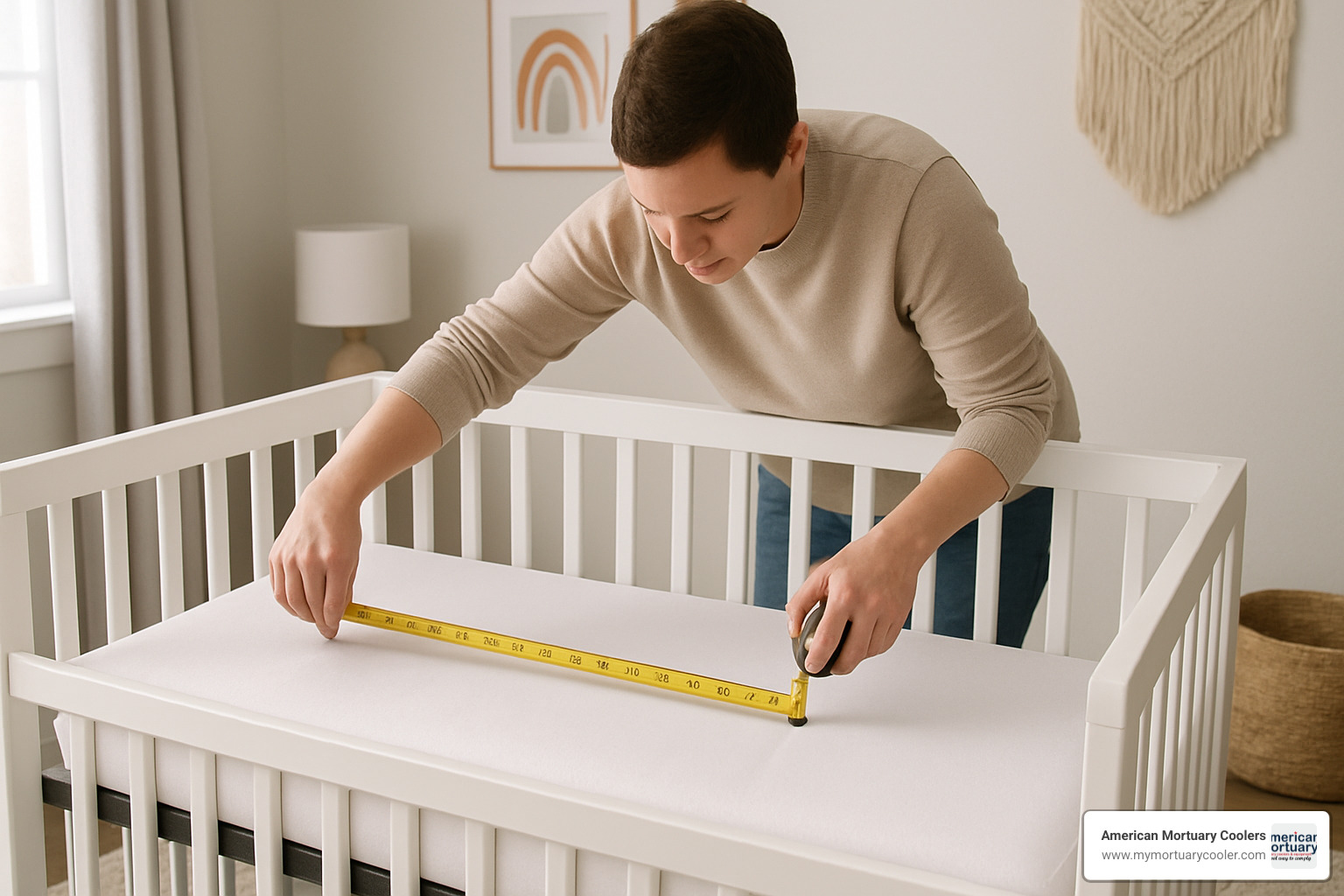
Think of it like this: you wouldn't buy shoes without trying them on first, right? The same logic applies to cot bed sheets. Your mattress might claim to be standard size, but there's often variation between brands. That's why measuring your specific mattress is the first step to sheet success.
The pocket depth is where many parents get caught out. You need those sheet corners to wrap securely underneath the mattress - typically requiring pockets that are 2-3cm deeper than your mattress thickness. Most cot bed mattresses range from 10-15cm thick, so look for sheets with 15-20cm deep pockets.
Fitted sheets are your only safe option for cot beds. Flat sheets might seem easier to manage, but they create loose fabric that can bunch up and pose safety risks. Those elastic corners aren't just convenient - they're a safety feature.
You'll want to stock up on 3-5 sheets minimum. Trust me on this one - babies are messy, and you'll be doing laundry more often than you ever imagined.
Step-by-Step Guide to Measuring Your Mattress for the Ideal Cot Bed Sheet Size
Let's get those measurements right the first time. Grab a tape measure and let's do this properly.
Start with the basics: measure your mattress length and width at the center, not the edges where it might be slightly compressed. For a standard UK cot bed, you should get close to 140cm length and 70cm width. If your numbers are significantly different, you might have a European-sized cot or a custom mattress.
Depth is where it gets tricky. Measure from the base where the mattress sits up to the top surface. Don't forget to include any mattress protectors or toppers you're planning to use - they add to the total thickness your sheet needs to accommodate.
Here's a pro tip: add 2-3cm to your depth measurement when shopping for sheets. This ensures the elastic corners can grip properly underneath without being stretched to their limit.
Consider shrinkage before you buy. Quality cotton sheets typically shrink 2-5% after the first wash. If your mattress measures exactly 140cm and you buy a 140cm sheet, you might end up with a too-tight fit after washing.
For specialized fitting techniques that we use in professional applications, check out The Ultimate Guide to Finding the Best Cover for Cot. The precision principles apply whether you're fitting mortuary equipment or ensuring your baby's safety.
Best Fabrics for Baby Comfort and Safety
The fabric you choose for your cot bed sheet size matters just as much as getting the fit right. Babies can't regulate their body temperature like adults can, so breathable materials aren't just nice-to-have - they're essential for safe sleep.
Organic cotton tops my recommendation list every time. It's completely breathable, naturally hypoallergenic, and tough enough to handle frequent washing at 60°C. The softness against your baby's delicate skin is just a bonus.
Bamboo viscose has gained popularity recently, and for good reason. It naturally fights bacteria and regulates temperature beautifully. The silky texture feels luxurious, but more importantly, it keeps babies comfortable in various room temperatures.
Cotton jersey brings something different to the table - it's stretchy. This makes it easier to get those corners fitted properly, and it moves with active sleepers without coming loose.
Now, let's talk about what to avoid. Synthetic blends might seem practical, but they don't breathe well. Flannel sounds cozy, but it's typically too warm for babies. And those high thread count sheets that feel so luxurious? They're often less breathable than moderate thread count options.
Here's something that might surprise you: a 200-400 thread count in 100% organic cotton often outperforms expensive high thread count synthetic blends when it comes to baby safety and comfort.
For more detailed comparisons of different materials, Choosing the Right Crib Sheet and Size offers excellent insights into how fabric choice affects both comfort and safety.
Caring for Cot Bed Sheets & Avoiding Common Mistakes
Taking proper care of your cot bed sheet size investment isn't just about keeping them looking nice - it's about maintaining the safety standards that protect your baby. With little ones going through multiple outfit changes, spit-ups, and the occasional diaper mishap, these sheets work harder than any other bedding in your home.
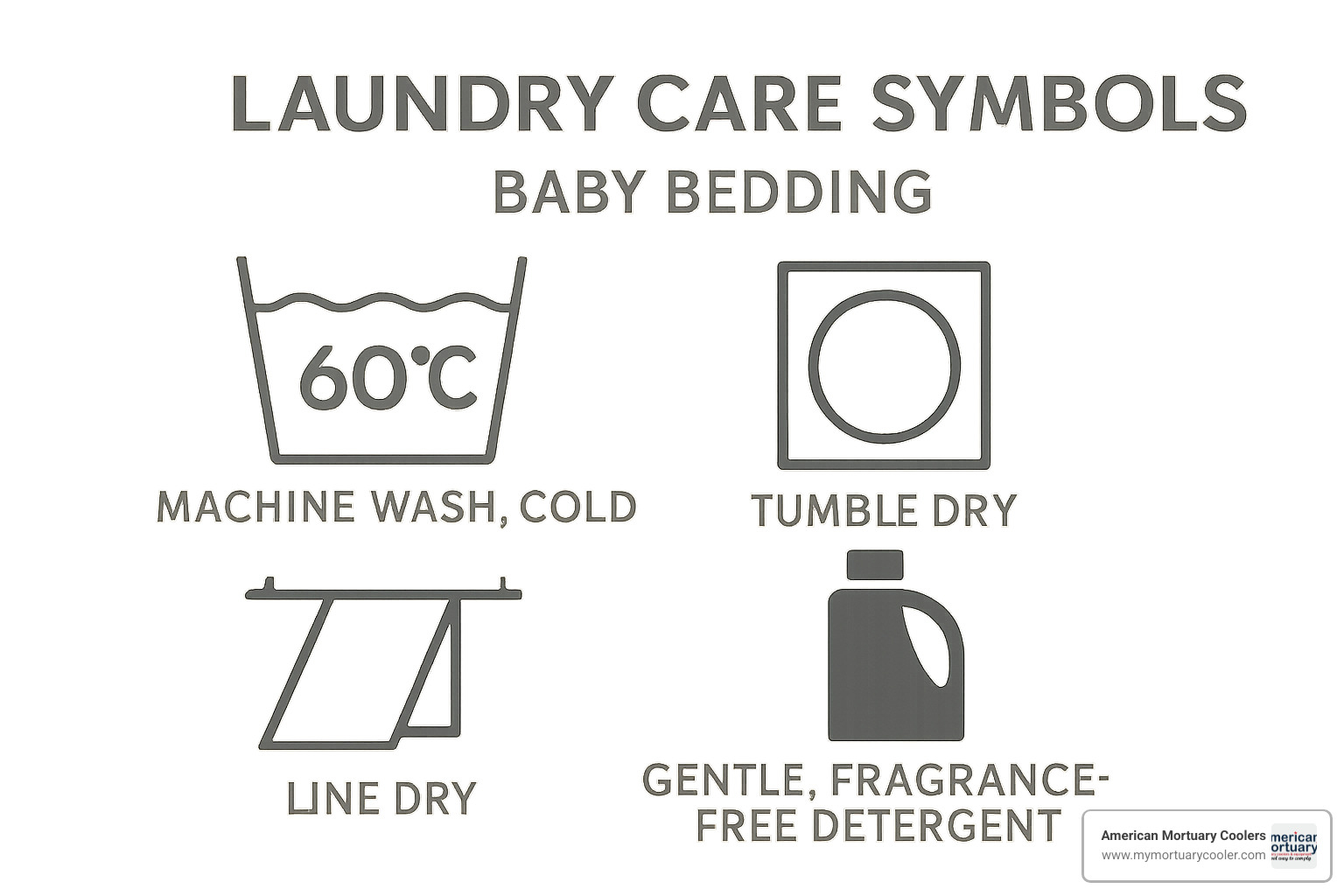
The golden rule for baby bedding is washing at 60°C - this temperature eliminates bacteria, dust mites, and allergens that can accumulate in fabric. Always use a gentle, fragrance-free detergent since babies' skin is incredibly sensitive to harsh chemicals and artificial fragrances.
Fabric softeners are actually harmful for baby bedding. They might make sheets feel softer, but they create a coating that reduces breathability - exactly what you don't want for safe sleep. The natural softness of quality cotton improves with each wash anyway.
When it comes to drying, tumble dry on low heat or hang them outside on a breezy day. Remove sheets while they're still slightly damp to prevent over-drying, which can weaken the elastic corners that keep your cot bed sheet size fitting snugly.
The biggest mistake parents make is not having enough sheets. You absolutely need 3-5 fitted sheets minimum for practical rotation. Think about it - one sheet is on the bed, one is in the dirty laundry basket, and one is in the wash. That leaves you with zero backup for those inevitable 3 AM accidents.
Another common error is choosing the wrong size because "it's close enough." A cot bed sheet size that's even slightly off creates safety risks. Always measure your specific mattress rather than assuming it matches standard dimensions.
Don't get caught up in choosing sheets based on cute patterns over proper fit and breathability. Your baby won't care if the sheets have adorable elephants if they're not comfortable and safe. Function always comes before fashion in the nursery.
Finally, always wash new sheets before first use. Manufacturing residues and packaging chemicals need to be removed, plus pre-washing helps you identify any sizing issues before you need the sheets urgently.
Cot Bed Sheet Size FAQs
What if my mattress isn't the standard cot bed sheet size?
Don't panic if your mattress measurements don't match the standard cot bed sheet size of 70cm x 140cm exactly. This happens more often than you'd think, and there are practical solutions that work well.
First, check how close you are to the standard dimensions. If your mattress is within 5cm of the standard size, regular cot bed sheets will likely still fit safely. Many parents worry unnecessarily when their mattress measures 69cm x 139cm, but that's well within the normal tolerance range.
If you're dealing with a significantly different size, custom sheet services are available from several UK retailers. These typically cost 20-30% more than standard sheets, but they're worth it for safety and peace of mind. Some brands also make universal sheets with extra-deep pockets and stretch fabric that accommodate a wider range of mattress sizes.
Before investing in custom options though, double-check your measurements. I've seen many parents measure incorrectly or include the mattress frame in their dimensions. Measure just the sleeping surface of the mattress itself - many "non-standard" mattresses actually fit regular sheets perfectly.
How many cot bed sheets do I need for a newborn?
Starting with 4-5 fitted sheets is the sweet spot for newborns, and here's why that number works so well in practice.
Newborns are adorable little mess-makers. Between diaper leaks, spit-up incidents, and the occasional explosive diaper situation (every parent knows what I'm talking about!), you'll be changing sheets more often than you ever imagined. Having enough cot bed sheet size options means you're never caught at 2 AM with a soiled sheet and nothing clean to replace it.
The practical rotation works like this: one sheet on the bed, one in the wash, one drying or ready for use, and one spare for emergencies. That fourth sheet becomes your lifesaver during those challenging newborn weeks when everything seems to happen at once.
As your baby grows and becomes more predictable around 6-12 months, you might find you can manage with 3-4 sheets. But during those intense early months, having that extra sheet reduces stress and ensures your little one always has a clean, safe place to sleep.
Can I use cot bed sheets on travel cots or Moses baskets?
Unfortunately, cot bed sheet size sheets won't work safely on other baby sleeping products, and this is really important for your baby's safety.
The size differences are significant and create real hazards. Moses baskets typically measure around 33cm x 76cm - less than half the size of a cot bed sheet. Using a 70cm x 140cm sheet on a Moses basket would create dangerous loose fabric that could pose suffocation risks.
Travel cots present a similar problem. Most measure around 60cm x 120cm, making cot bed sheets too large and loose. Even though the difference seems small, that extra fabric can bunch up and create unsafe sleeping conditions.
Standard cots (60cm x 120cm) might seem close enough, but using oversized sheets creates the same loose fabric problem. Each type of baby bed requires its specifically sized sheets - it's not just about convenience, it's about following safe sleep guidelines.
The good news is that sheets for Moses baskets and travel cots are typically less expensive than cot bed sheets, so having the right size for each sleeping arrangement doesn't break the budget. Safety standards exist for good reasons, and proper sheet sizing is one of the most basic ways to protect your baby during sleep.
Conclusion
Getting the cot bed sheet size right isn't just about comfort - it's about creating a safe sleep environment that protects your baby and grows with your family. The standard UK cot bed size of 70cm x 140cm offers the perfect balance of safety for infants and longevity as your child grows.
When you think about it, your baby will spend around 14-16 hours a day in their cot bed during those precious early months. That's a lot of time for something as simple as a poorly fitting sheet to become a real safety concern. But get it right, and you're giving your little one the secure, comfortable sleep space they need to grow and thrive.
The beauty of choosing the right cot bed sheet size is that it's one of those parenting decisions that keeps paying dividends. Unlike so many baby products that become obsolete within months, a quality cot bed with properly fitted sheets will serve your family for years. From those first nervous nights with a newborn to the proud moment when your toddler climbs into their "big kid bed," you'll know you made the right choice.
Remember these key points as you make your selection: always measure your specific mattress before purchasing sheets, choose fitted sheets with elastic corners for security, and prioritize breathable, natural fabrics like organic cotton. Stock 4-5 sheets for practical rotation and follow proper care instructions to maintain both safety and durability.
At American Mortuary Coolers, we understand that precision in sizing isn't just important - it's absolutely critical. Whether we're crafting custom mortuary equipment or you're selecting the perfect cot bed sheet size, getting the measurements exactly right ensures safety, functionality, and genuine peace of mind.
Our commitment to precise specifications and American-made quality has taught us how proper sizing impacts safety in all applications. Just as we ensure our mortuary coolers meet exact specifications for professional use, parents need to apply that same attention to detail when selecting baby bedding.
For those interested in our professional approach to precision sizing and custom solutions, check out our Ultimate Checklist for Buying a Gerni Bed, which demonstrates our systematic approach to ensuring perfect fit and function.
The truth is, when it comes to your baby's safety, there's no such thing as being too careful about getting the size exactly right. Invest in quality sheets that fit properly, and you'll sleep better too - knowing your little one is safe, comfortable, and ready for all the trips that growing up brings.


